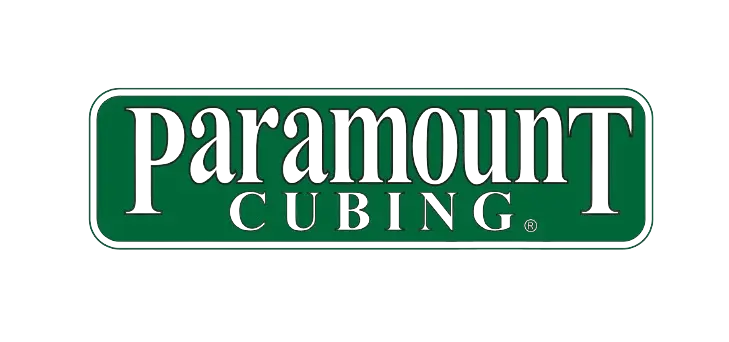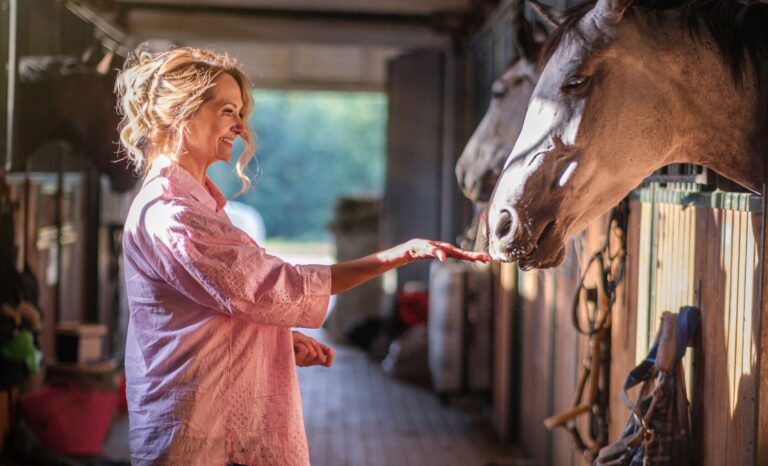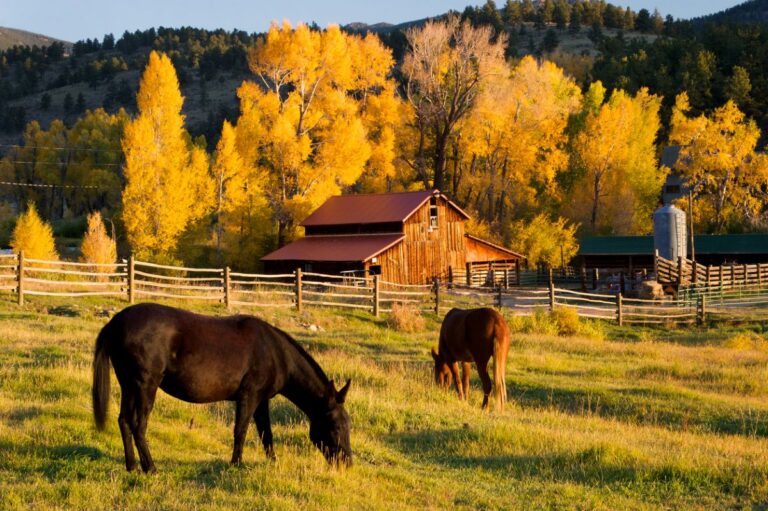When it comes to equine nutrition, the choice between hay cubes, pellets, and bales involves more than just personal preference. Each form of feed offers unique benefits and considerations that can impact your horse’s health, your budget, and your daily management practices. In this comprehensive guide, we’ll explore the differences between these options to help you make the best choice for your stable.
Hay Cubes: Compact Nutrition and Convenience
Hay cubes are exactly what they sound like: compressed blocks of hay, typically alfalfa or a grass mix, that provide a dense source of nutrients in a compact form. Here are the key benefits and considerations:
- Uniformity and Digestibility: Cubes are cut and dried uniformly, which can help ensure consistent nutritional quality and easier digestibility.
- Reduced Waste: With less dust and spillage compared to loose hay, cubes can be particularly beneficial in reducing feed waste.
- Storage and Handling: Cubes are easier to store and handle than bales. They take up less space and are less susceptible to mold and decomposition if stored properly.
Pellets: A Refined Dietary Staple
Pellets are made by further processing hay into a finer texture before compressing it into small, cylindrical shapes. They are often used as a supplement or a complete feed.
- Concentrated Nutrition: Pellets offer a concentrated form of nutrients, which can be especially useful for horses with specific dietary needs or those who require a closely monitored intake.
- Ease of Consumption: Ideal for older horses or those with dental issues, pellets are easy to chew and digest.
- Versatility: They can be mixed with other types of feed to enhance palatability or to introduce new supplements into a horse’s diet.
Traditional Bales: The Natural Choice
Traditional bales, whether large or small, remain a popular choice for horse feed due to their natural form and general availability.
- Natural Foraging Behavior: Feeding with bales mimics natural grazing patterns, which can help maintain a horse’s mental well-being and digestive health.
- Cost-Effectiveness: Generally, bales are more cost-effective, especially if sourced locally. They provide a substantial amount of feed at a lower price point compared to processed forms.
- Variety: Bales come in various types, such as alfalfa, Timothy, or a mix, allowing for dietary customization based on nutritional needs and preferences.
3-String Bales: Balanced and Manageable
3-string bales strike a balance between bulk feed and manageability, making them a practical choice for many horse owners.
- Manageable Size: Larger than 2-string bales but smaller than large square bales, 3-string bales are easier to handle and distribute without the need for specialized equipment.
- Quality and Freshness: These bales often come from dedicated farms that focus on quality and consistency, ensuring fresh, high-quality feed.
Making the Right Choice
Choosing the right type of horse feed depends on several factors:
- Specific Needs of Your Horse: Consider the age, health, and activity level of your horses. Older horses might benefit from pellets, while active horses may do better with cubes or traditional bales.
- Storage Capabilities: Evaluate your storage facilities. If space or proper storage conditions are an issue, cubes or pellets might be more practical.
- Budget: Determine your budget for feed costs. Traditional bales may offer more bang for your buck, but cubes and pellets provide higher nutritional value and less waste.
In conclusion, whether you opt for hay cubes, pellets, or traditional bales, the goal is to provide your horses with high-quality feed that supports their health and matches your management style. Always consult with a veterinarian or an equine nutritionist to ensure that your feed choice meets the nutritional requirements of your horses.



